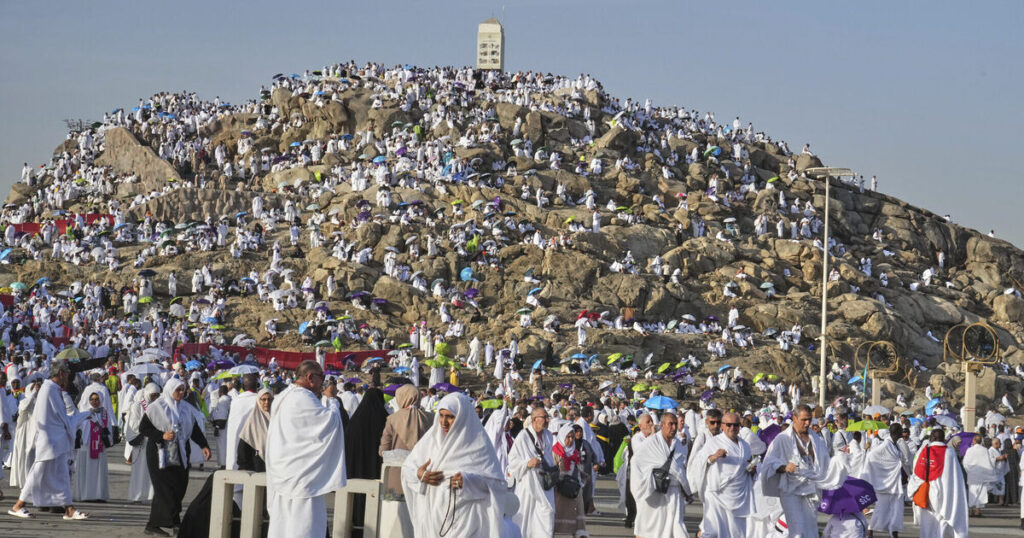This year’s Hajj in Saudi Arabia saw the lowest number of pilgrims in 30 years, excluding the Covid-19 pandemic period, according to figures released on Thursday.
The annual Islamic pilgrimage attracted just 1,673,230 Muslims, with the majority coming from outside Saudi Arabia, according to a post from the country’s Hajj Ministry on the social platform X.
Authorities have not yet provided an explanation for the low turnout.
This number is almost 160,000 fewer pilgrims than last year and significantly lower than pre-pandemic levels, when attendance regularly exceeded two million.
The Hajj reached a record attendance in 2012, with over 3.16 million Muslims participating.
During the Covid-19 pandemic, the kingdom significantly reduced the scale of the Hajj between 2020 and 2022, while still allowing a limited number of the faithful to participate.
The Hajj in 2023 was the first to be held without restrictions since the beginning of the pandemic in 2020.
During the Hajj, Muslims gather in Saudi Arabia to participate in religious rituals and acts of worship, fulfilling one of the Five Pillars of Islam.
It can be a life-changing spiritual experience, offering a chance to seek God’s forgiveness and the remission of past sins.
However, inflation and global economic crises are making the Hajj unaffordable for some.
Extreme heat and stricter entry regulations may also have discouraged potential pilgrims from traveling to Saudi Arabia this year.
Earlier on Thursday, pilgrims gathered in Arafat to spend hours in worship and contemplation.
The rocky hill of Arafat holds immense significance in Islam.
Arafat is mentioned in the Koran, and it is believed to be where the Prophet Mohammed delivered his last sermon during his final Hajj.
On Friday, pilgrims will travel to the vast tent city of Mina to perform the symbolic stoning of the devil ritual by throwing pebbles at pillars.


